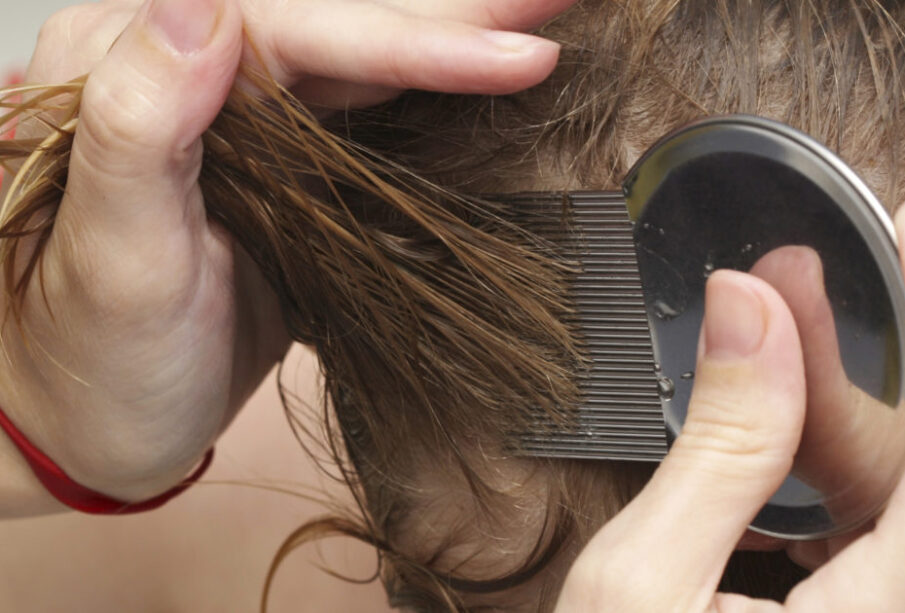Things to Know About Head Lice

Head lice are of three types: the egg, additionally called a nit, the nymph, and the grownup.
Nit/Egg: Nits are eggs of the adult women’s head louse on the hair root near the scalp. Nits are securely affixed to the hair shaft, as well as are oval-shaped and extremely tiny, regarding the dimension of a knot in thread, as well as difficult to see. Nits usually show up white or yellow, although live nits occasionally appear to be the same color as the hair of the ravaged individual. Nits are typically puzzled with scabs, dandruff, or hair spray beads. Head lice nits normally take about 8 to 9 days to hatch out. Eggs that are going to be hatched are usually located not higher than 1/4 inch from the hair root. Nits are found further than 1/4 inch from the hair shaft may effectively be the non-viable nits, hatched out, or empty eggs or nits. This is tough to differentiate normally.
Nymph: Nymphs are premature louse is hatched from the eggs or nits. A nymph looks like a grownup head louse but is smaller sized. To live, a nymph needs to prey on blood. Nymphs develop into adults in about 9 to 12 days after hatching from the nit.
Adult: The fully expanded as well as created grownup louse has to do with the dimension of a seed of sesame, having six legs, as well as is grayish to dark in color. Adult head lice might look darker with dark hair than in persons with light hair. To endure, grownup head lice need to feed upon blood. A grownup head louse can live almost one month on the head of a person but will pass away within 1/2 days if it falls off an individual. Adult women’s head lice are usually larger than males as well as can lay almost six eggs every day.
Where are head lice most generally discovered?
Head lice, as well as head lice nits, are located nearly exclusively on the scalp, particularly around, as well as behind the ears and near the neckline at the rear of the head. Nits a few times are discovered on the eyebrows or eyelashes, yet this is unusual. Head lice are able to hold hair tightly with their hook-like claws, and they have six legs. Nits are firmly cemented to the shaft of the hair, as well as can be hard to eliminate after the nymphs’ hatch, as well as empty casings remain.
To get more info, please visit the page http://licedoctors.com/.













